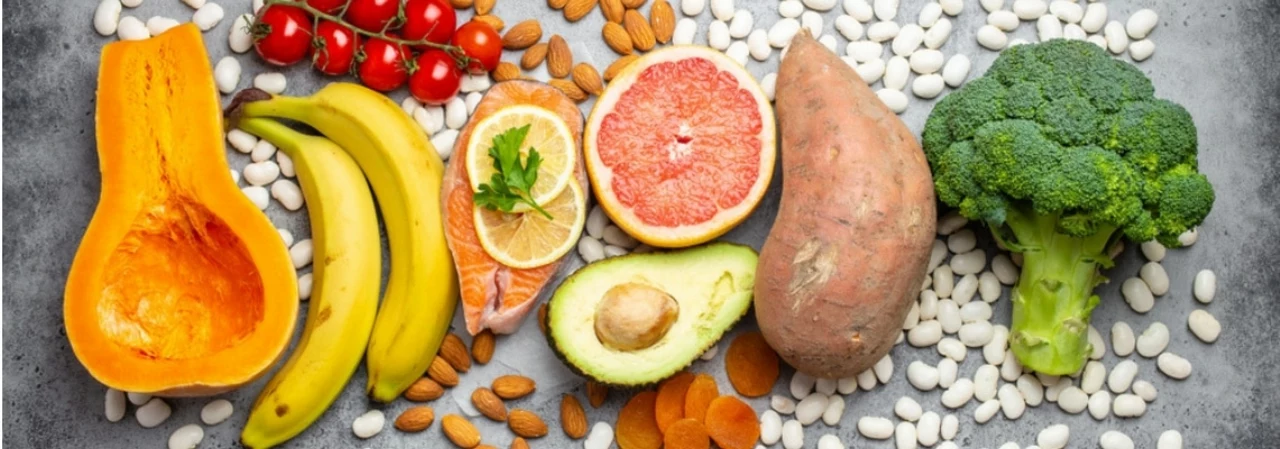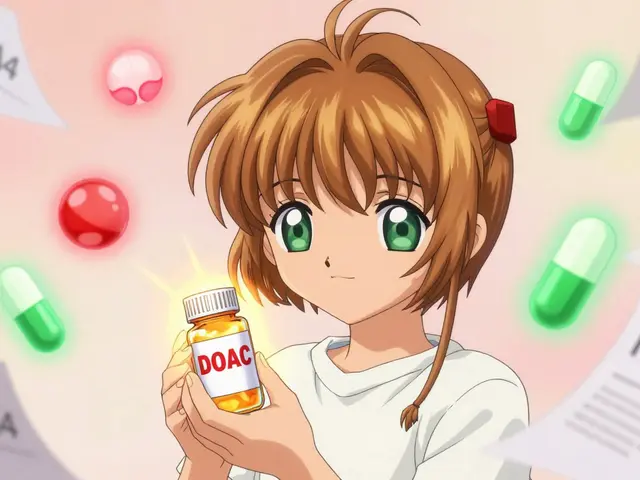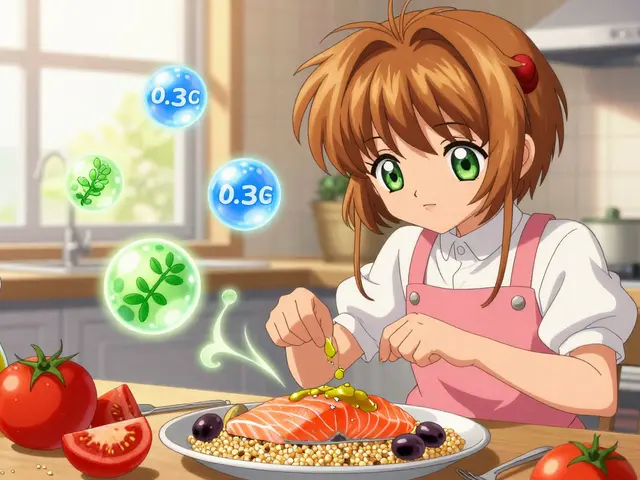Nutrition: Smart, Practical Food Tips That Work with Your Meds and Life
Want more energy, fewer side effects, and healthier skin without complicated diets? Small nutrition changes can make a big difference—especially if you take medications. This page gives clear, useful tips you can actually try today, and quick safety rules to keep food and drugs from clashing.
Quick wins to boost energy and ease side effects
Feeling wiped out? Try these simple moves: eat protein with breakfast (eggs, Greek yogurt, or a nut butter on toast) to stabilize blood sugar and fight mid-morning crashes. Add iron-rich foods like spinach, lean beef, or beans if you or your doctor think low iron could be an issue. Vitamin B12 matters too—eggs, dairy, and fortified cereals help, but if you’re on long-term acid blockers (like lansoprazole/Prevacid), ask your doctor about checking B12 levels.
If heartburn is a problem, avoid big meals and known triggers—spicy food, tomato sauce, citrus, and alcohol. Eat smaller portions, and don’t lie down for two hours after eating. Traveling? Pack bland snacks like bananas, crackers, and a small protein source to stay steady on the road.
Food, meds, and safety: simple rules
Some foods change how drugs work. Grapefruit and grapefruit juice can raise levels of certain blood pressure and cholesterol medicines—so skip it if your pill warning mentions grapefruit. If you use blood thinners, keep vitamin K intake steady (think leafy greens), and don’t make big, sudden changes to your diet without checking with your provider.
Supplements help some people, but they also cause trouble. Fish oil can ease inflammation for skin conditions like psoriasis, but high doses can thin blood. St. John’s Wort speeds up how the body breaks down many meds, making them less effective. Always tell your pharmacist about every supplement you take.
Probiotics and hydration matter for gut health. Clean water, good hand hygiene, and fermented foods (yogurt, kefir, sauerkraut) support digestion and may lower the risk of enteric infections. If you’re on antibiotics, discuss probiotic timing with your doctor so they don’t cancel each other out.
Skin flare-ups? Cut back on high-sugar foods, processed snacks, and excessive alcohol. Try more omega-3 foods—salmon, walnuts, chia seeds—and keep your diet full of colorful vegetables, which provide antioxidants that support skin repair.
One last tip: keep a simple food-and-symptom log for two weeks. Note meals, meds, and how you felt. Patterns often jump out—like strong tea upsetting sleep or a fatty meal worsening reflux. Bring that log to your next clinic visit; it makes conversations with your doctor or pharmacist faster and smarter.
Questions about a specific drug or diet change? Talk to your prescriber or local pharmacist before switching supplements or cutting major food groups. Small, steady changes beat sudden overhauls every time.
Fertility-Boosting Foods: What to Eat to Support Reproductive Health
In today's blog post, we're going to explore fertility-boosting foods that can help support reproductive health. It's fascinating to learn how certain foods can have a positive impact on our fertility. Some of the top contenders include leafy greens, full-fat dairy products, and foods rich in omega-3 fatty acids. We'll dive into the science behind these fertility-friendly options and how they can improve our chances of conceiving. So, let's get started on our journey to discovering the best foods for our reproductive health!






